In the ever-evolving landscape of the IT industry, standing still is synonymous with falling behind. For companies looking to achieve sustainable growth, a robust and well-diversified product portfolio is no longer a luxury, but a critical necessity. But how do IT firms navigate the complex world of product diversification and build a portfolio that fuels growth without losing their grip on their core strengths?
This blog post delves deep into the strategies and considerations for building a winning product portfolio. We’ll explore:
Why Diversifying Your IT Product Portfolio Matters:
Uncover the compelling reasons why IT firms need to broaden their horizons and introduce new offerings.
Types of Diversification Strategies:
Navigate the various avenues for expansion, from concentric to conglomerate diversification, understanding their strengths and potential pitfalls.
Building a Data-Driven Portfolio:
Explore the crucial role of market research, user insights, and competitor analysis in shaping a successful product mix.
Balancing Innovation and Core Competencies:
Learn how to strike the perfect balance between venturing into new territory and leveraging your existing expertise.
Managing the Diversification Journey:
Discover key elements for successful portfolio evolution, including resource allocation, talent acquisition, and cultural agility.

The Imperative for Diversification: Why IT Firms Need to Spread Their Wings:
1. Mitigating Market Risks:
The IT industry is notoriously dynamic, with trends and technologies changing at a dizzying pace. A diversified portfolio helps mitigate the risk of relying solely on one product or market segment. If one area faces a downturn, others can provide stability and resilience.
2. Capturing New Growth Opportunities:
By venturing into new markets and product categories, IT firms can tap into fresh avenues for revenue generation and customer acquisition. This enables them to stay ahead of the curve and capitalise on emerging trends.
3. Enhancing Brand Visibility and Reputation:
A diverse portfolio showcases the company’s adaptability, innovation, and willingness to tackle new challenges. This strengthens brand perception and attracts a wider range of customers and partners.
4. Fostering Internal Innovation and Agility:
Introducing new products and services encourages cross-functional collaboration and knowledge sharing within the organisation. This can lead to a culture of innovation and a more flexible workforce, both essential for thriving in the IT landscape.
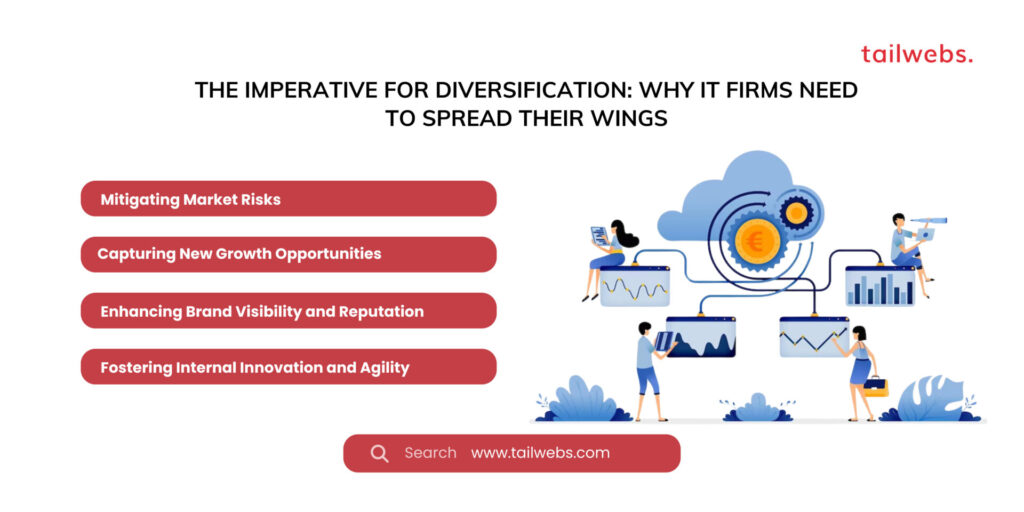
Navigating the Maze of Diversification: Different Strategies for Different Needs:
Not all types of diversification are created equal. Choosing the right approach depends on your company’s existing strengths, market position, and risk tolerance. Here are some key strategies to consider:
Concentric Diversification:
Expanding into adjacent markets or product categories that utilise your existing technology and expertise. An example could be a software development company branching into cloud-based solutions.
Horizontal Diversification:
Offering new products or services that appeal to your existing customer base but are unrelated to your core business. A cybersecurity firm providing data backup and recovery services falls within this category.
Conglomerate Diversification:
Entering completely new markets and industries with no relationship to your existing offerings. This strategy carries higher risks but also offers the potential for significant growth. An IT company acquiring a logistics firm is an example.
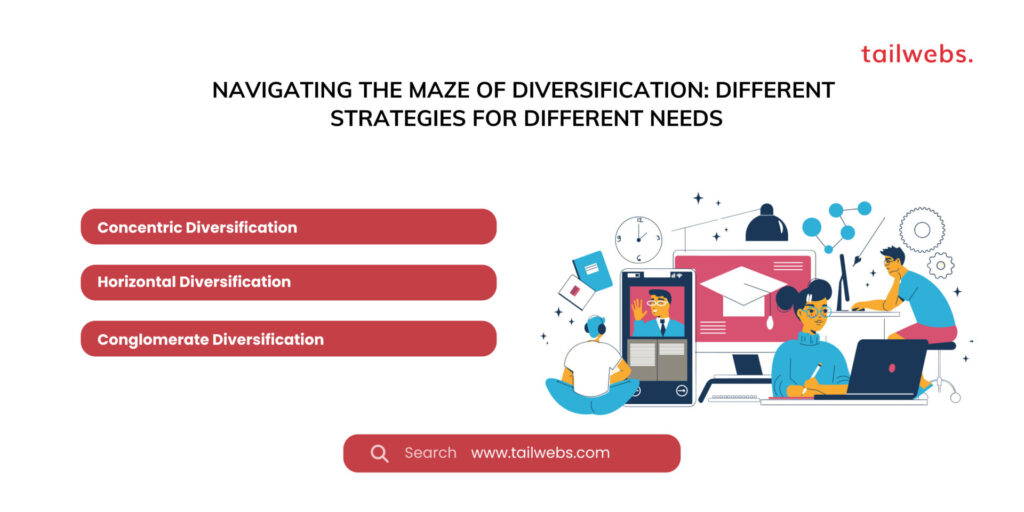
Building a Data-Driven Portfolio: Knowledge is Power
Successful diversification starts with a thorough understanding of the market, your customer base, and your competitors. Here’s how data can help guide your strategic decisions:
Market Research:
Identify promising new markets and analyse emerging trends to find the right opportunities for expansion.
Customer Insights:
Understand your existing customers’ needs and preferences to develop products that resonate with them.
Competitive Analysis:
Assess your competitors’ strengths and weaknesses to identify gaps in the market and differentiate your offerings.

Balancing the Scales: Innovation and Core Competence
While venturing into new territory is crucial, neglecting your core competencies can be equally detrimental. Finding the right balance is key:
Leverage existing expertise:
Identify ways to apply your existing skills and technologies to new product development.
Build on internal talent: Invest in upskilling and reskilling your employees to equip them with the knowledge and skills needed for diversification.
Embrace partnerships:
Collaborate with other companies to access new markets or technologies without stretching your resources thin.
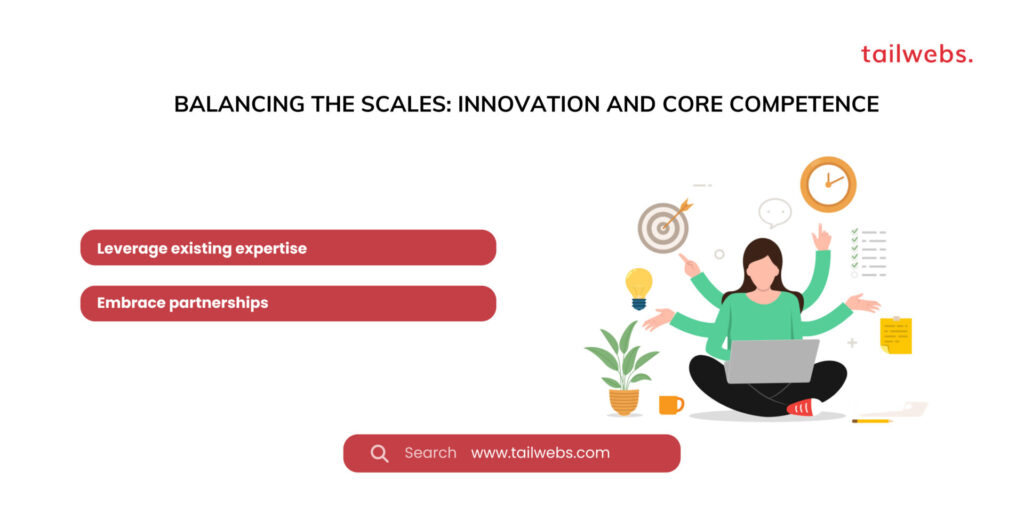
Managing the Diversification Journey: From Strategy to Execution
Building a winning product portfolio is one thing, but making it thrive is another. Here are some key elements to ensure a smooth and successful diversification journey:
Resource Allocation:
Carefully allocate resources, including personnel, budget, and technology, to ensure proper support for both existing products and new ventures.
Talent Acquisition:
Attract and retain skilled individuals with expertise in your new markets and technologies. Building a diverse and adaptable team is crucial.
Organisational Agility:
Foster a culture of flexibility and adaptability within your organisation. This allows you to quickly respond to market changes and adjust your portfolio as needed.
Performance Monitoring:
Regularly track the performance of your portfolio, analysing data from your new offerings and identifying areas for improvement.
Embrace Failure:
Be prepared to experiment, iterate, and sometimes even fail as you explore new territory. View setbacks as learning opportunities and adjust your strategy accordingly.
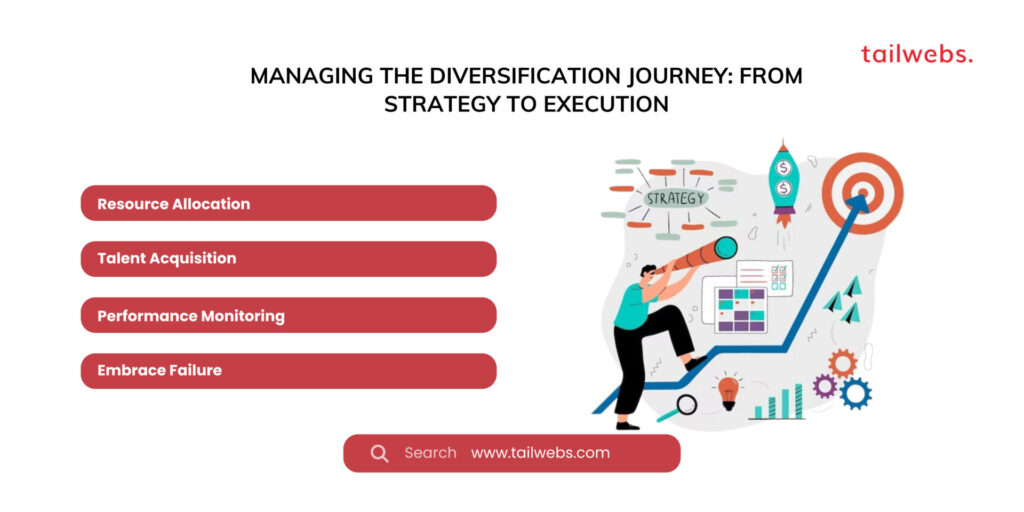
Beyond the Numbers: The Human Side of Diversification
While data and analytics play a crucial role in portfolio diversification, don’t neglect the human element. Building a successful portfolio requires leadership, communication, and collaboration. Here are some key considerations:
Empowering Teams:
Trust your teams to take ownership of their areas of expertise, providing them with the autonomy and resources they need to succeed.
Facilitating Cross-Functional Collaboration:
Break down silos and encourage communication and collaboration between teams working on different products and markets. This fosters knowledge sharing and a more holistic perspective.
Building a Growth Mindset:
Cultivate a culture of continuous learning and improvement within your organisation. Encourage employees to embrace new challenges and take risks for the sake of innovation.
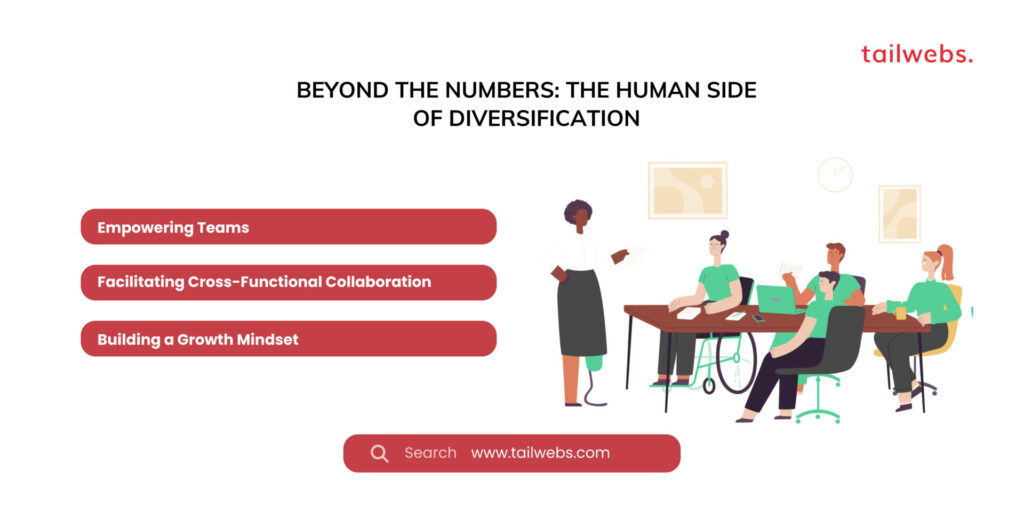
Conclusion: A Diversified Path to Sustainable Growth
Building a successful product portfolio for growth is a dynamic journey, requiring both strategic planning and agile execution. By understanding the different diversification strategies, leveraging data insights, balancing innovation with core competencies, and prioritising the human element, IT firms can chart a course towards sustainable growth and solidify their position in the ever-evolving world of technology.
Remember, this is just a starting point. Feel free to add your own specific examples of successful diversification strategies in the IT industry, insights from industry experts, and personal anecdotes to make the content even more engaging and informative. By adding your unique voice and perspective, you can create a blog post that not only educates your readers but also inspires them to embark on their own diversification journey.





